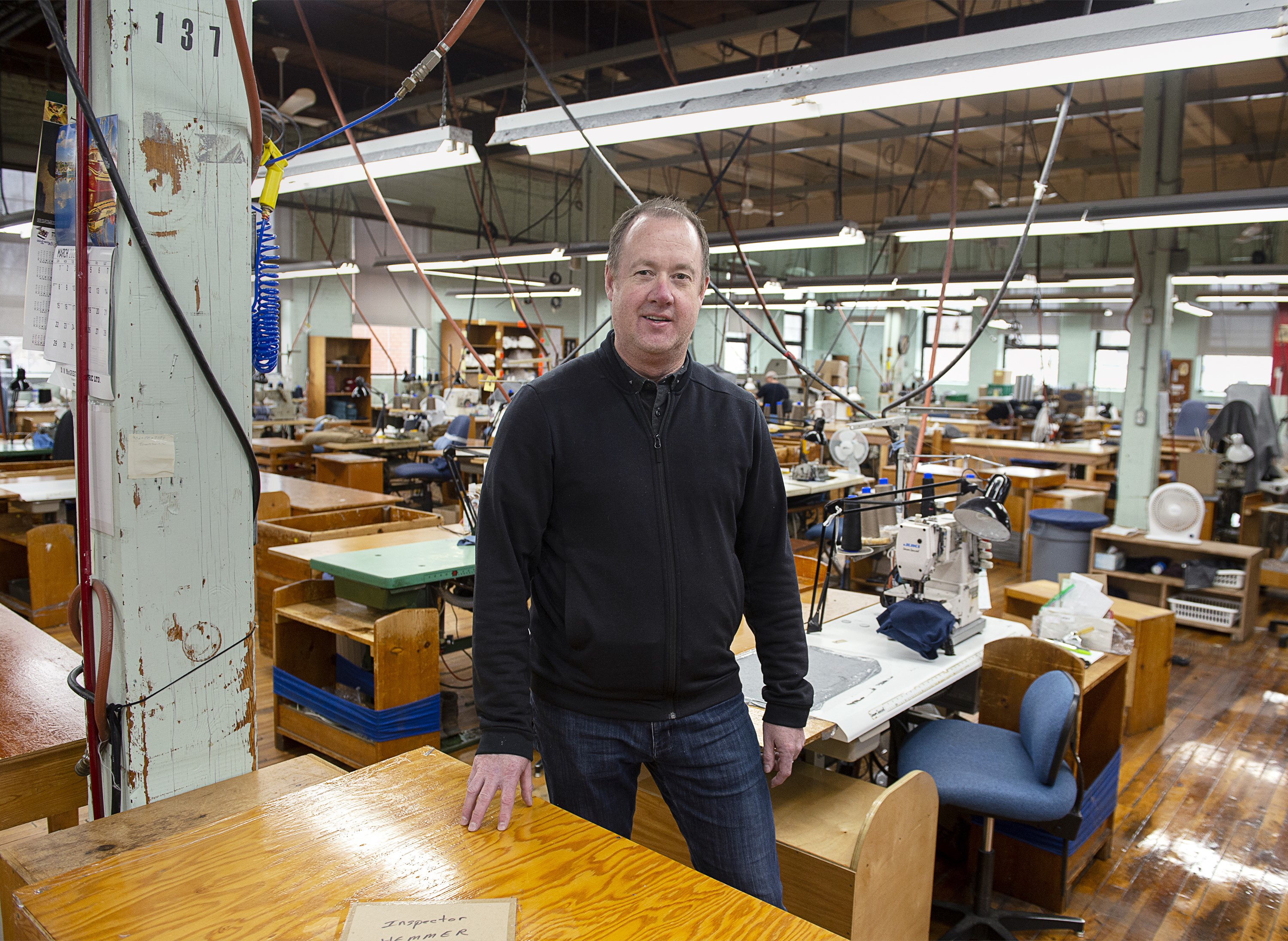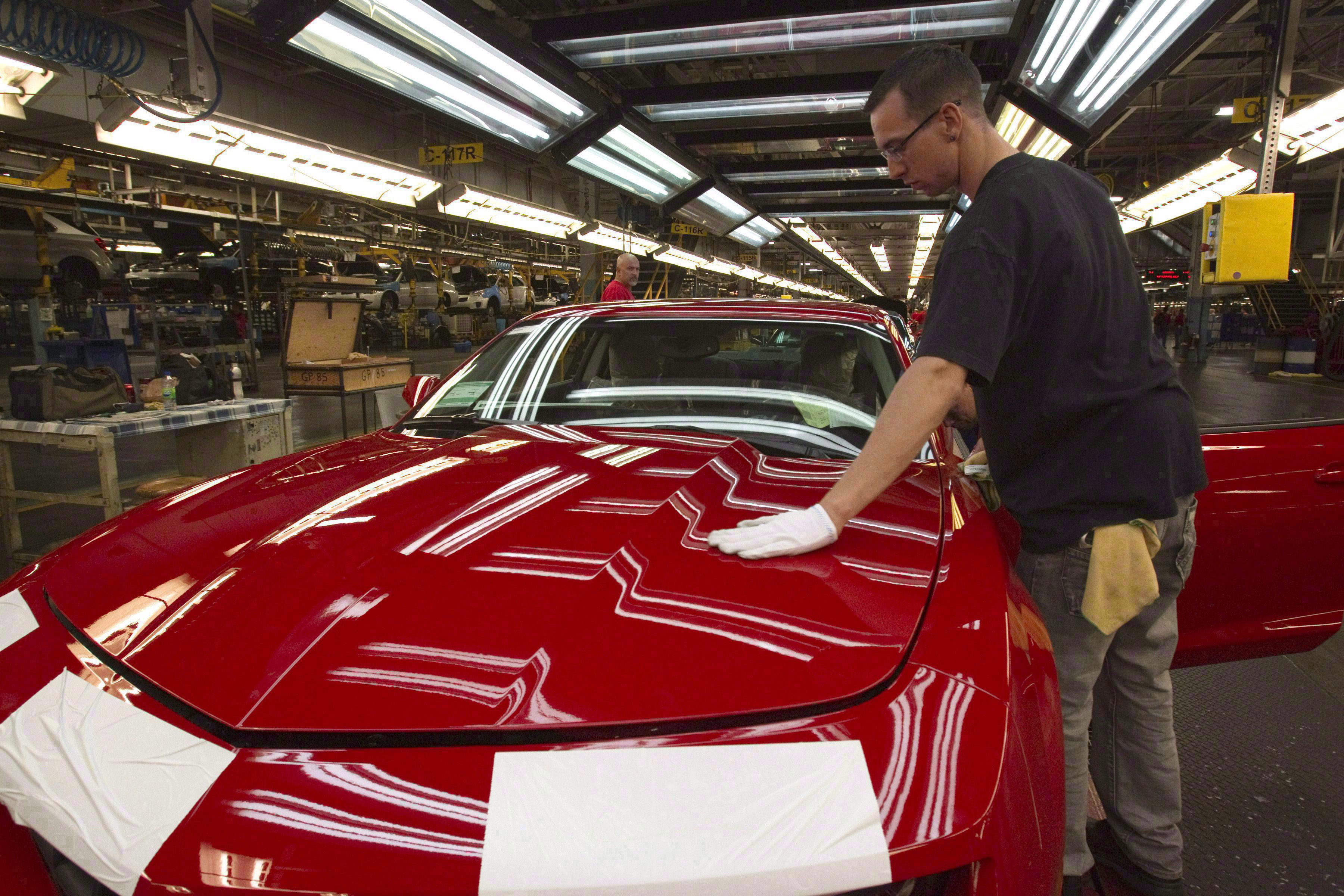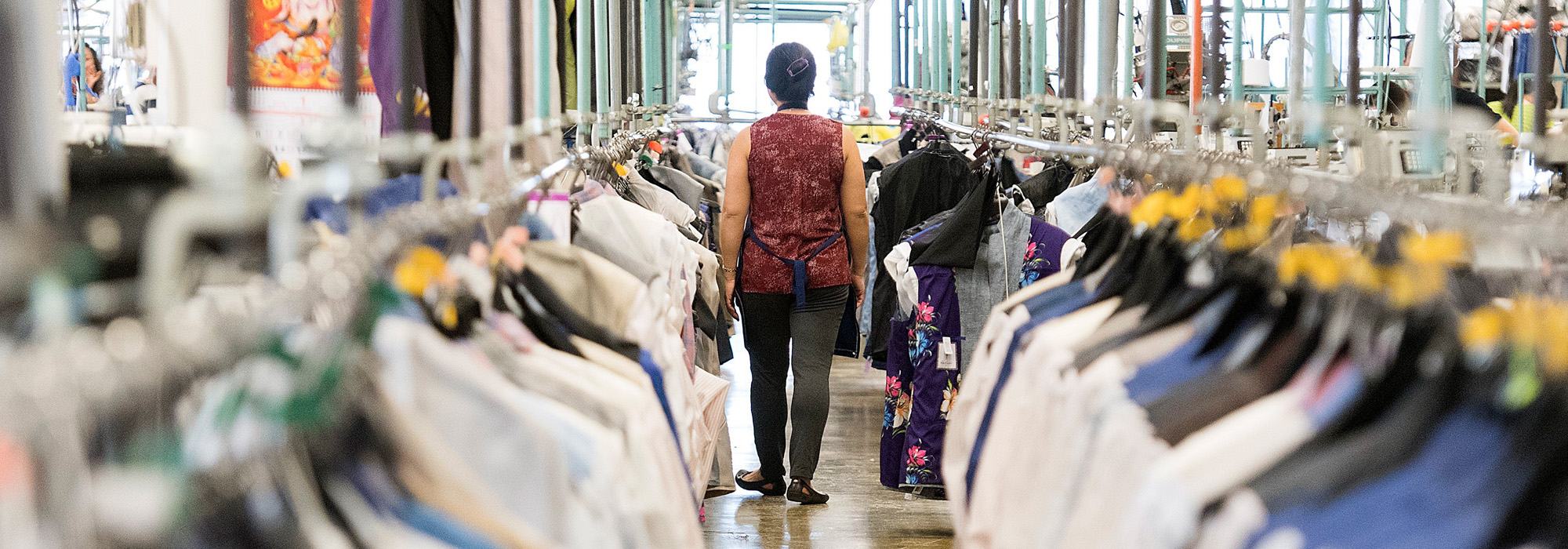
How is it that Canadian firms have pivoted, seemingly with ease, to manufacture new products to meet new demands precipitated by COVID-19? A look at Canada’s industrial innovation history can help explain this response. This manufacturing pivot is largely the result of Canada’s history of industrial activity in advanced manufacturing, its ability to continually withstand change and its skilled and talented workforce supplemented by a strong social safety net.
In Canada, our history as a nation rich in natural resources led to characterizations of an economy emphasizing our role as hewers of wood and drawers of water – a biblical phrase applied to Canada by Harold Innis in 1930.
Today, just two provinces – Ontario and Quebec – are home to 62 per cent of Canada’s population and 72 per cent of the country’s more than 1.5-million-manufacturing jobs. Our country’s current economic strengths are tied to our past strengths in natural resources, automotive and related manufacturing, cultural and creative industries and food and beverage.
These industries have changed dramatically over the past several decades, largely due to job losses and the transition to a knowledge and service-based economy.
Automotive manufacturing has contributed significantly to Canada’s and Ontario’s GDP for many decades. As recently as 2007, one-in-seven jobs in Canada was dependent on the automotive sector, largely concentrated in southern Ontario. Yet, GM, Ford and Fiat Chrysler have all announced job cuts and plant closures over the past few years. While the industry’s efforts to adapt and increase contributions to engineering research and development and autonomous vehicle technology grow, employment in Canada’s auto industry continues to experience significant decline.
Another historic industrial strength in Canada is garment manufacturing. Montreal is amongst the top three North American locations for apparel manufacturing, following New York and Los Angeles. Over the past several decades, reduced barriers to trade and shifts to lower wage locations for garment production have negatively affected the size and scale of Montreal’s apparel industry. However, the sector has reoriented itself through an emphasis on design and increased training in the labour force. Local manufacturing capacity remains, albeit reduced from its heyday.
It is in the manufacturing of food and beverages that Canada continues to retain and grow its manufacturing strengths. Ontario boasts the third largest food and beverage manufacturing sector in North America. The province has multiple strengths in both traditional food manufacturing and creative food subsectors, including a growing local, sustainable and healthy food sector. Furthermore, while there has been some consolidation of multinationals, Canada has seen growth in craft brewing and small-scale distilleries.
Now, the coronavirus pandemic is exposing deep flaws in global manufacturing supply chains and the extent to which developed economies like Canada’s have shed traditional manufacturing capabilities.
With supplies of personal protective equipment (PPE) low and the need for replenishment outstripping our ability to import sufficient masks, gowns and ventilators, Canadian firms are reorienting production to serve our needs. In the space of a few weeks, the medical supply sector and automotive industry joined forces to produce ventilators, underwear producers began manufacturing medical gowns and beer and alcohol producers are now making hand sanitizer.

How was this manufacturing shift made possible? First, Canada has a history of industrial activity in advanced manufacturing, apparel and food and beverage production. It is at the core of our ability to manufacture the items needed at present.
This is referred to as path dependence and it refers to the importance of previous decisions, investments and even accidents of history that contribute to the success of industry clusters. Automotive manufacturers are able to shift to ventilator production in Ontario because it uses similar production processes and assemblies.
Path dependence can lead to the danger of locking-in to a particular industry or production approach, therefore leaving a region vulnerable to external shocks. However, the evolution of automotive manufacturing as an advanced industry presents an opportunity for expansion to other sectors, rather than limiting it to automotive alone.
Second, path dependence and choices – whether intentional or accidents of history – have consequences. In Canada, and particularly in the country’s manufacturing heartland concentrated in Ontario and Quebec, there is a degree of diversity across industries. Some regions are characterized by an intense specialization (and therefore reliance) on just one sector.

However, in Canada diversity in manufacturing and in our broader economy, works in our favour. Diverse specializations, and the experience of having gone through disruptive change over the past several decades, mean that our industrial capacity has some built-in capability to respond to a range of short- and long-term challenges.
Finally, industrial innovation trades on the strengths of local institutions and culture. Economic geographers talk about “untraded interdependencies”. These are non-quantifiable benefits that come to firms and organizations because they are located in the same region. These include access to skilled talent, training and research institutions such as universities and colleges. They also include government policy supports and programs. The federal government is investing in industry, encouraging cooperation and supporting manufacturers as they retool.
Furthermore, there is a mutually reinforcing relationship between the presence of a strong social safety net and business innovation. A classic example is the role that universal health care plays as an asset for the worker without any direct cost being borne out by the employer. Our publicly funded education system from kindergarten to university is another example of how we produce talented and skilled citizens for our workforce. This includes many of the front-line heath care, food and logistics workers battling COVID-19.
We are witnessing first-hand how locally embedded Canadian manufacturers are coming to the table to deliver much needed services and goods to support Canada’s fight with COVID-19.
As global supply chains seize up and as national leaders attempt to prevent the sale of internationally produced items to Canadian buyers, now is the time to lean on our historical and advanced manufacturing strengths. We can shore up the skilled workers that have been under-appreciated or left behind, and consider how we might become more resilient through renewed attention to manufacturing in a post-pandemic future.
This article is part of the The Coronavirus Pandemic: Canada’s Response special feature.
Photo: A garment worker walks through a clothing factory in Montreal, on Jan. 31, 2020. THE CANADIAN PRESS/Graham Hughes.











